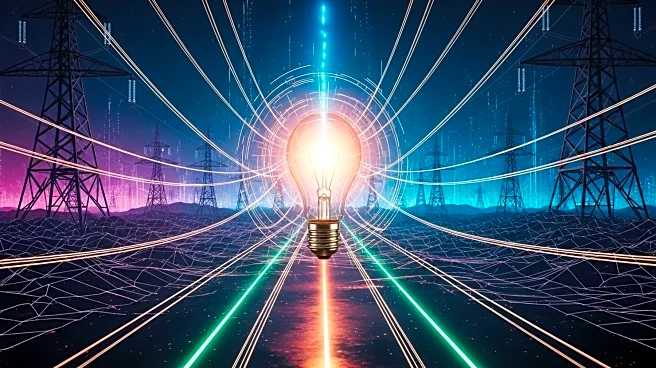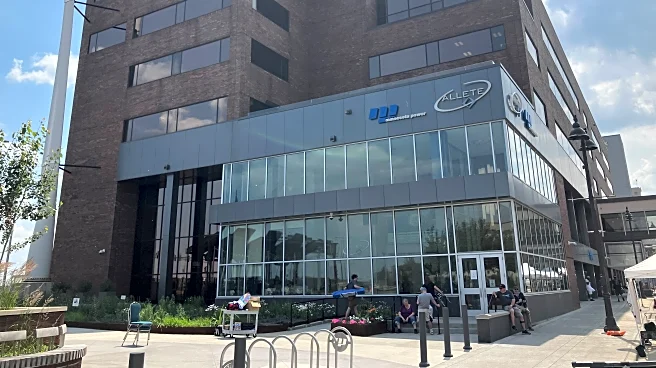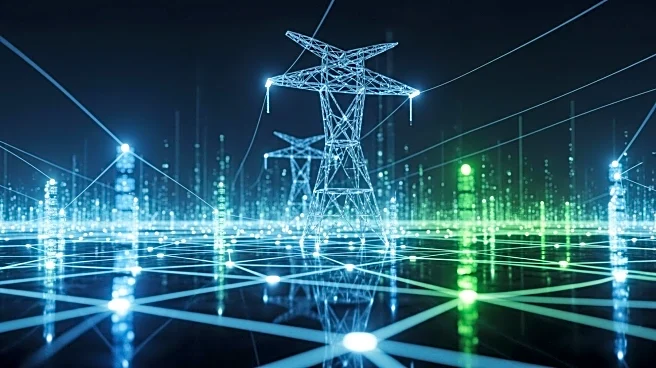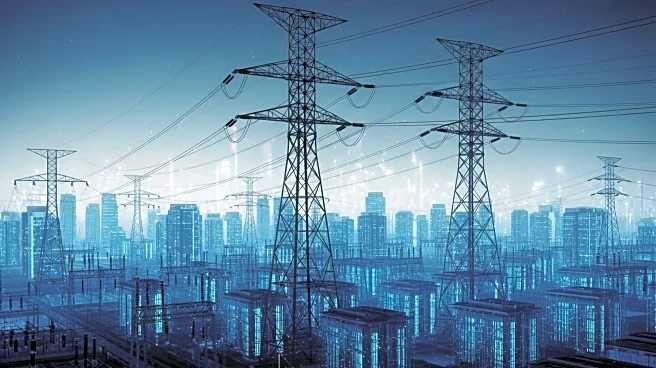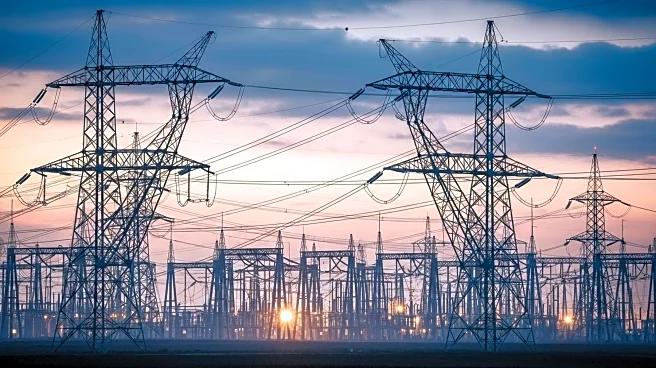What's Happening?
The Federal Energy Regulatory Commission (FERC) is addressing the challenges posed by rapid load growth in the U.S. energy sector. Commissioner Judy W. Chang, along with advisors Steven Wellner and Kathleen Ratcliff, emphasizes the need for integrating transmission planning and interconnection processes to meet the increasing demand for electricity. The current system faces bottlenecks, with interconnection queues delaying new generation projects. FERC's historical open access policies, established through Orders No. 888 and 2003, are under pressure as the industry grapples with backlogged interconnection queues and limited transmission buildout. The agency is considering reforms to modernize and harmonize these processes to ensure reliable and affordable power delivery.
Why It's Important?
The integration of transmission and interconnection planning is crucial for maintaining the reliability and affordability of the U.S. electric grid. As demand for electricity surges, driven by factors such as data center expansions, the need for efficient and timely interconnection of new generation becomes critical. FERC's efforts to streamline these processes could alleviate bottlenecks, reduce costs, and enhance the grid's capacity to meet future demands. This initiative is significant for consumers, as it aims to prevent potential price hikes and reliability issues. Moreover, it supports the transition to a more sustainable energy infrastructure by facilitating the integration of renewable energy sources.
What's Next?
FERC is expected to continue its efforts to reform transmission and interconnection processes, with a focus on long-term planning and regional coordination. The agency may introduce new regulations or amendments to existing orders to address current challenges. Stakeholders, including states, utilities, and grid operators, will likely engage in discussions to align their strategies with FERC's objectives. The outcome of these efforts could influence future energy policies and market dynamics, impacting consumers, energy providers, and investors.


